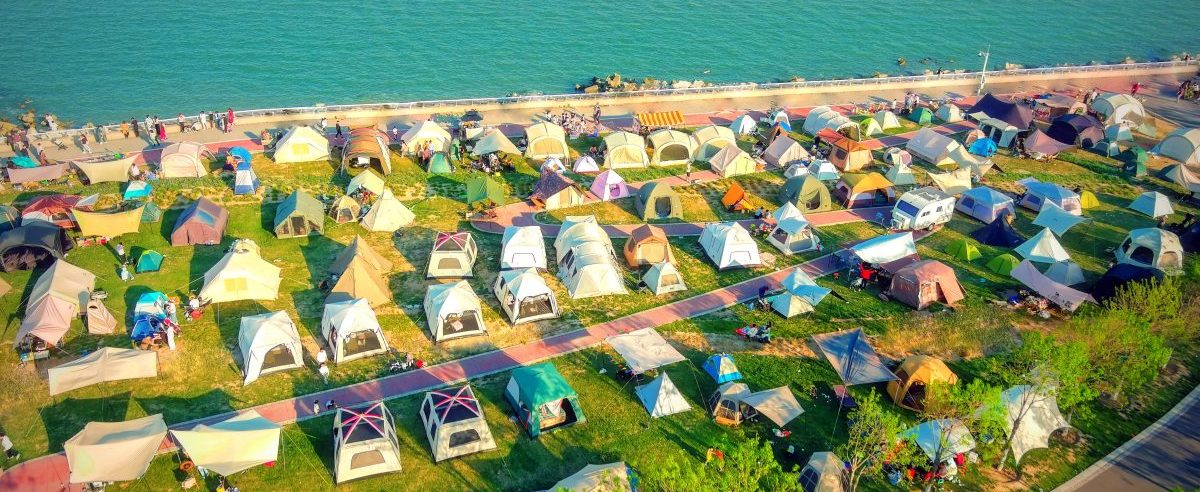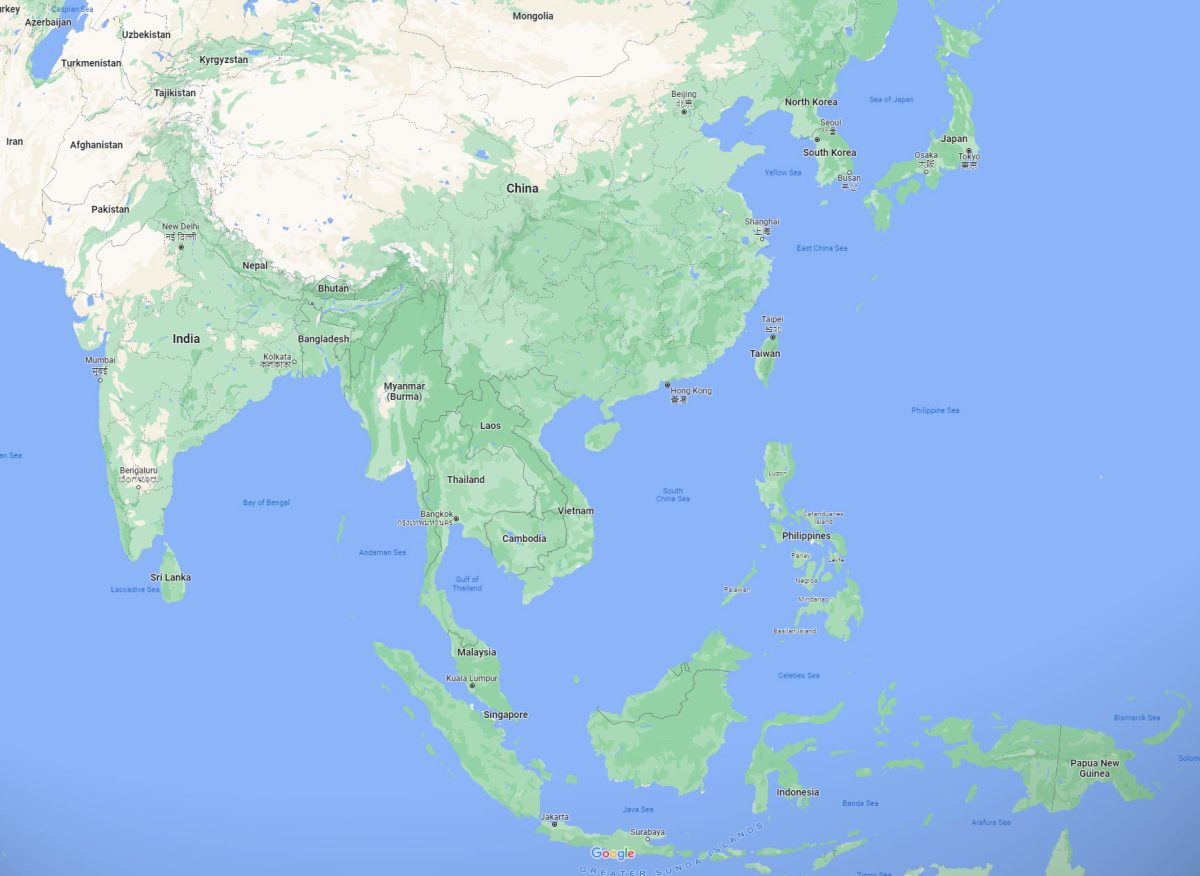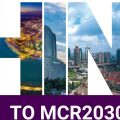“Making Cities Resilient 2030” new updates: How Tianjin China-Singapore Eco-City is Building Resilience for a Sustainable Future

ICLEI is collaborating with the United Nations Office for Disaster Risk Reduction (UNDRR) to promote cities’ participation in the “Making Cities Resilient 2030” (MCR2030) initiative. This initiative supports cities in enhancing disaster management capabilities, reducing disaster risks, improving urban climate resilience, and building resilient cities that are safer, more inclusive, and more prosperous. China-Singapore Tianjin Eco-City joined MCR2030 in 2023 as one of the first batch of Chinese cities. Since its joining, the Tianjin Eco-City has made significant progress in resilience-building, providing valuable insights for similar cities across China and the world.
From Barren Wasteland to Resilient Oasis
Located along the coast of eastern Tianjin, China-Singapore Tianjin Eco-City (TEC) was once a harsh landscape: one-third polluted water, one-third abandoned salt pans, and one-third saline-alkali wastelands. Plagued by poor water quality and threats from floods, waterlogging, storm surges, and even earthquakes, it faced daunting challenges. However, since 2008, a bold vision has taken root—to build an eco-city that redefines urban resilience.
Today, this transformation story shines. With over a decade of effort, TEC has transformed from a wasteland into a green, smart, and resilient new city, earning titles such as “National Green Development Demonstration Zone.” In November 2023, it joined the United Nations Office for Disaster Risk Reduction’s (UNDRR) “Making Cities Resilient 2030” pilot project, standing as a global example of urban resilience.

East Dike Coast, China-Singapore Tianjin Eco-City
A “Resilience Navigator”: The Indicator System Guides Every Step
TEC’s “indicator-based” DNA dates back to its founding in 2008, when it created the world’s first eco-city indicator system to map out sustainable growth. Now, it has extended this logic to resilience building with the Safety and Resilient City Indicator System—a “navigation tool” that breaks down resilience into clear, actionable steps:
- 3 core goals: Focused on “prevention first, combining defense, response, and relief,” they center on strengthening “prevention capacity, maintenance capacity, and recovery capacity”—the backbone of a resilient city.
- 9 key pathways: Merging insights from China’s Guidelines for Evaluating Safe and Resilient Cities and the UN’s Ten Essentials for Disaster Resilience Scorecard, these cover critical areas like governance systems, early warning mechanisms, infrastructure safety, and emergency rescue.
- 33 specific tasks: Tailored to TEC’s needs as a coastal city, they include seawall reinforcement, drainage pump station upgrades, and heat island effect mitigation. Even community-level resilience—such as neighborhood governance and shelter accessibility—has clear “performance standards.”
With this system, building resilience is no longer a vague concept but a precise, plan-driven project.

China-Singapore Tianjin Eco-City: a Sponge City
From Paper to Practice: 25 Projects Turn Indicators into Action
Great indicators mean little without execution. TEC brings its blueprint to life through “projectization”—transforming abstract targets into tangible, life-changing projects.
Take the Yongdingzhou Park as an example. More than a green space, it doubles as a short-term emergency shelter, equipped with backup water/electricity supplies, medical stations, emergency supplies storage zones, and temporary housing to support residents during crises. Along the coast, seawalls are getting “strength upgrades”—section-by-section reinforcement to boost stability, ensuring they stand firm against coastal hazards.
Other projects include new rainwater pump stations to mitigate “urban flooding,” upgraded municipal pipelines to unclog “underground arteries,” and optimized fire station layouts with well-stocked rescue warehouses for faster response times. Each of the 25 projects has clear responsibilities, budgets, and deadlines, ensuring that every investment delivers real safety gains.

Yongdingzhou Park, China-Singapore Tianjin Eco-City
“Plan-Implement-Monitor-Improve”: Closed-Loop Management Ensures Progress
Building resilience is teamwork. TEC’s secret is its “closed-loop management” system—a “plan-implement-monitor-improve” cycle that unites multiple departments.
- Task decomposition: The Emergency Management Bureau leads the way, breaking down indicators into annual tasks for each department.
- Progress tracking: Responsible units monitor daily operations, collect data regularly, and verify results to keep projects on track.
- Evaluation & adjustment: Departments conduct self-assessments, while the Emergency Management Bureau oversees comprehensive reviews. This ensures the system stays “dynamic,” adapting and improving to keep resilience building on course.
TEC’s experience proves that urban resilience is achievable through indicators and concrete actions—not just promises. As cities worldwide face increasing climate and disaster risks, sharing such practical models is crucial. Here’s hoping more cities will learn from each other, turning good practices such as TEC’s “invisible armor” into a reality for communities everywhere, making our urban homes safer and more resilient.

Smart City Operations Center, China-Singapore Tianjin Eco-City
Photo credits: China-Singapore Tianjin Eco-City




